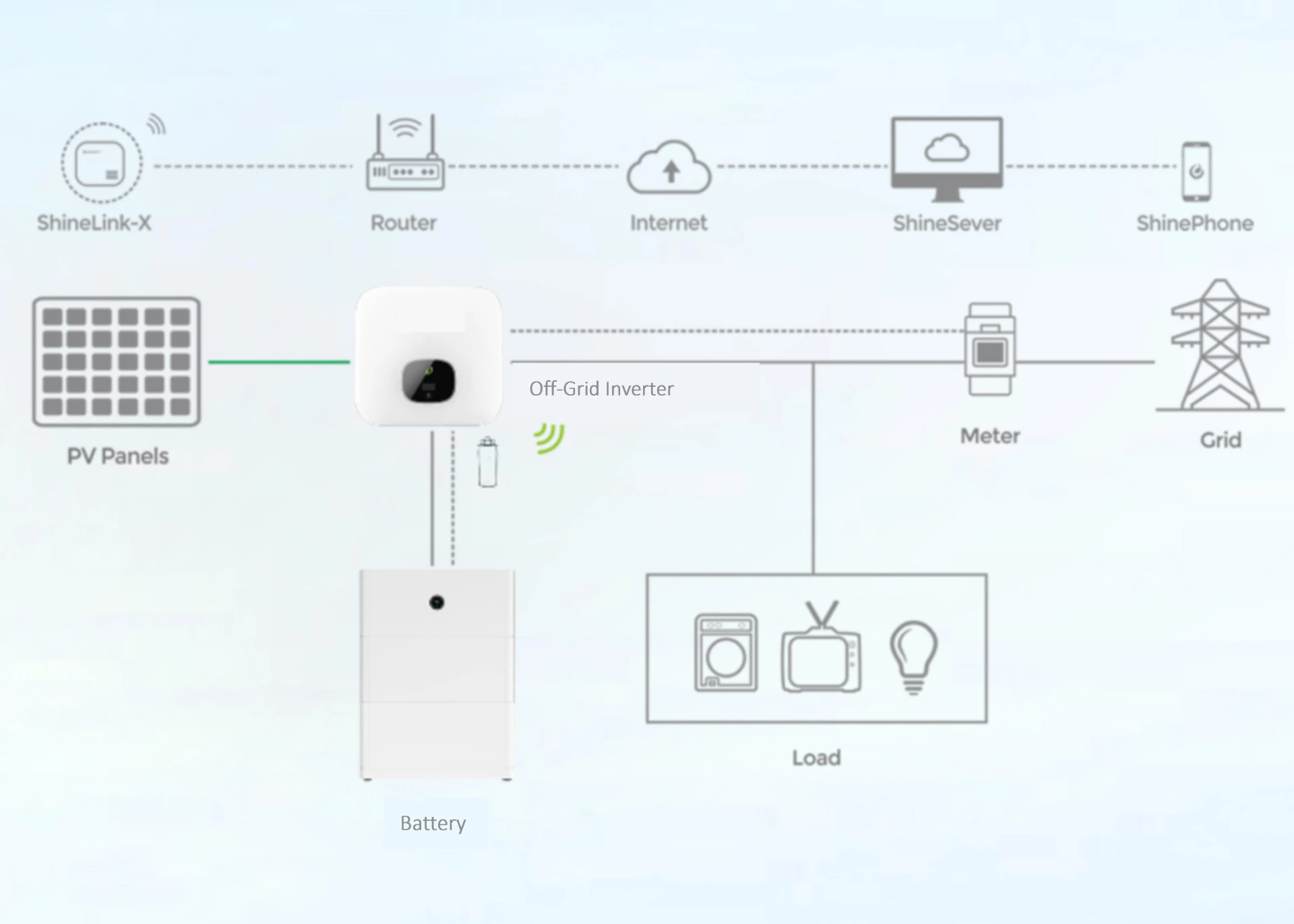micro inverter solar vs string inverter
Micro Inverter Solar vs. String Inverter A Comparative Analysis
In the ever-evolving world of solar energy, two popular inverter technologies stand out micro inverters and string inverters. Both play crucial roles in converting the direct current (DC) generated by solar panels into the alternating current (AC) used by household appliances and the electrical grid. However, each technology comes with its own set of advantages and disadvantages, making it essential for homeowners and businesses to understand the nuances of each system before making a decision.
Micro Inverters A Closer Look
Micro inverters are devices that attach to individual solar panels, allowing each panel to operate independently. This means that if one panel encounters shading or malfunction, it does not significantly impact the overall system's performance. This level of granularity provides enhanced energy production, especially in installations where panels face different directions or are subject to varying amounts of sunlight throughout the day.
One of the primary advantages of micro inverters is their ability to optimize energy harvest at the module level. As each panel operates independently, micro inverters can maximize the energy output from the entire array by mitigating the effects of shading, soiling, and panel mismatch. Moreover, micro inverters typically come with built-in monitoring systems that allow users to track the performance of each panel, making maintenance easier and more efficient.
However, the downsides include a higher initial cost compared to string inverters. The installation and purchase of multiple micro inverters can lead to increased upfront expenses, which might deter some prospective solar users.
micro inverter solar vs string inverter

String Inverters Overview and Benefits
String inverters, on the other hand, connect multiple solar panels in series (or “strings”). While this technology is generally less expensive upfront compared to micro inverters, it presents challenges when it comes to optimizing energy production. If one panel in the string is shaded or malfunctions, it can reduce the performance of the entire string, leading to potential energy losses.
Nonetheless, string inverters are known for their reliability and simplicity. They are easier to install and require less maintenance than micro inverter systems. Normally, they have a longer lifespan and are commonly backed by robust warranties, making them an attractive option for many users who prefer a cost-effective solution with fewer components to manage.
Choosing the Right System
When deciding between micro inverters and string inverters, consider your specific needs. If your roof has multiple orientations, features trees or structures causing shading, or if you simply desire the highest possible energy output, micro inverters may be the way to go. On the other hand, if you have a straightforward, unshaded roof and are looking to minimize initial costs, string inverters could be a more practical choice.
Ultimately, both technologies offer unique benefits, and the best choice will depend on individual circumstances, including budget, installation environment, and long-term energy goals. By weighing these factors, you can make an informed decision that aligns with your solar energy aspirations.
-
Unlocking Energy Freedom with the Off Grid Solar InverterNewsJun.06,2025
-
Unlock More Solar Power with a High-Efficiency Bifacial Solar PanelNewsJun.06,2025
-
Power Your Future with High-Efficiency Monocrystalline Solar PanelsNewsJun.06,2025
-
Next-Gen Solar Power Starts with Micro Solar InvertersNewsJun.06,2025
-
Harnessing Peak Efficiency with the On Grid Solar InverterNewsJun.06,2025
-
Discover Unmatched Efficiency with the Latest String Solar InverterNewsJun.06,2025







